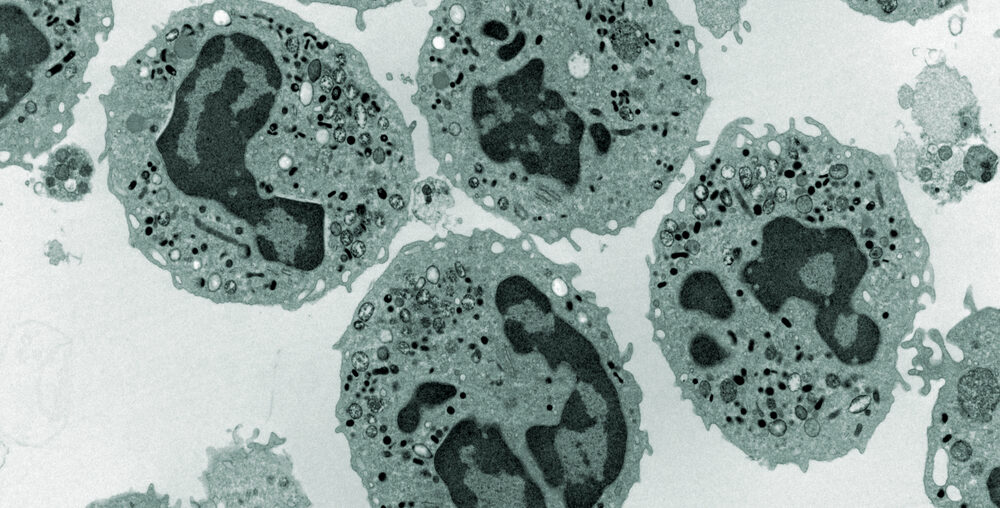Without proper guidance, ANCA vasculitis can feel like navigating routes without a map. For those diagnosed with this rare autoimmune disorder, the road ahead is often uncertain and filled with emotional, physical, and logistical challenges. But just like any journey, there are ways to prepare, adjust, and find moments of peace amidst the chaos.
Whether a patient or a caregiver, learning to cope with ANCA vasculitis requires strength, adaptability, and sometimes, a little creativity. If you or a loved one is currently grappling with this condition, or if you’re exploring your options in medical research, you might even want to search for ANCA Vasculitis Clinical Trials to see if a treatment path ahead aligns with your needs.
Understanding ANCA Vasculitis: The Basics
This rare condition causes inflammation of the blood vessels, restricting blood flow to organs and tissues. The name “ANCA” refers to anti-neutrophil cytoplasmic antibodies, which mistakenly target your white blood cells. Though it can affect almost any organ in the body, it’s most often seen in the kidneys, lungs, and upper respiratory system. The exact cause isn’t fully understood, but genetic and environmental factors play a significant role.
What does this mean in the day-to-day? For patients, it may include everything from fatigue and joint pain to serious respiratory issues, and sometimes, unexpected flares of the disease. For caregivers, it’s about offering both physical and emotional support while trying to maintain a sense of normalcy for everyone involved.
-
Prioritize Mental Health for Both Patients and Caregivers
Coping with a chronic illness often leads to a range of emotional responses, such as fear, anxiety, frustration, and depression. As a patient, you may feel a loss of control over your body or become anxious about sudden flare-ups. For caregivers, it’s easy to become emotionally drained when trying to support a loved one through such a diagnosis. There’s often a sense of helplessness when you can’t “fix” the situation, and that can lead to feelings of burnout.
Therefore, it is important to prioritize mental health as a patient and caregiver alike. Take time to validate your emotions, take breaks when necessary, and even talk to therapists when it all feels like a burden.
-
Routine is Key: Embrace Small Wins
The unpredictability of ANCA vasculitis means that your body might change from day to day. But keeping a routine—no matter how small—can help bring stability into your life. For patients, developing a daily rhythm of eating, exercising, and resting as best as they can provides a sense of control. Even if you can’t do everything you once did, breaking down tasks into manageable pieces will make them seem less intimidating.
Moreover, having a consistent daily plan can ease the burden of caregiving. Help your loved ones structure their day in a way that feels manageable. Organize meals, medications, and doctor’s appointments to ensure things don’t feel overwhelming.
-
Educate Yourself: Knowledge is Power
ANCA vasculitis is complex, and a little knowledge can go a long way in helping patients and caregivers feel more empowered. The more you know about the disease, the better equipped you’ll be to manage symptoms, understand treatment options, and ask the right questions when meeting with doctors. Dive into research and ask your healthcare team for detailed explanations. If you’re interested, you can even learn about ANCA vasculitis clinical trials to explore possible new treatments that could help you find a better quality of life.
-
Develop a Strong Support Network
A strong support system—whether it’s family, friends, or a community of others living with vasculitis—can make a huge difference. For patients, this network can offer emotional comfort, share coping strategies, and provide physical assistance when necessary. For caregivers, leaning on others who understand what you’re going through can help you avoid isolation and burnout.
-
Be Flexible with Your Treatment Plan
There’s no one-size-fits-all approach to managing ANCA vasculitis. What works for one person may not work for another. Treatment often involves medications like steroids and immunosuppressants, which can have a range of side effects. If the current plan isn’t working as well as hoped, don’t be afraid to advocate for changes.
Communicate openly with your healthcare team. If you’re experiencing side effects, or if a treatment doesn’t seem effective, speak up. Adjustments can often be made to improve your quality of life. As a caregiver, help patients track symptoms and side effects so they can provide this information to their doctors. This is vital to ensuring a more personalized treatment plan.
-
Stay Active and Nourish Your Body
It’s easy to slip into a sedentary lifestyle when battling a chronic illness. However, staying active—within your limits—can boost both physical and mental well-being. Even gentle stretches, yoga, or short walks can improve circulation and alleviate some of the pain caused by vasculitis.
-
Celebrate the Good Days and Embrace the Bad Ones
Understandably, patients may become fixated on the bad days, but it’s crucial to have them celebrate the good ones too. Whether it’s having a moment of laughter with friends, completing a task you’ve been struggling with, or simply feeling less fatigued than usual, these small victories are worth acknowledging.
Read Also: Understanding COPD: A Guide to Living with Chronic Obstructive Pulmonary Disease
Conclusion: Looking Toward the Future
Coping with ANCA vasculitis might not be as easy, but it’s entirely doable with the right tools, resources, and mindset. Remember that treatment is constantly evolving, and Medical Research Studies in Oklahoma City or elsewhere may offer you additional options. Whether you’re managing your symptoms, exploring clinical trials, or supporting a loved one, the key to coping is balance—knowing when to push yourself and when to rest.



